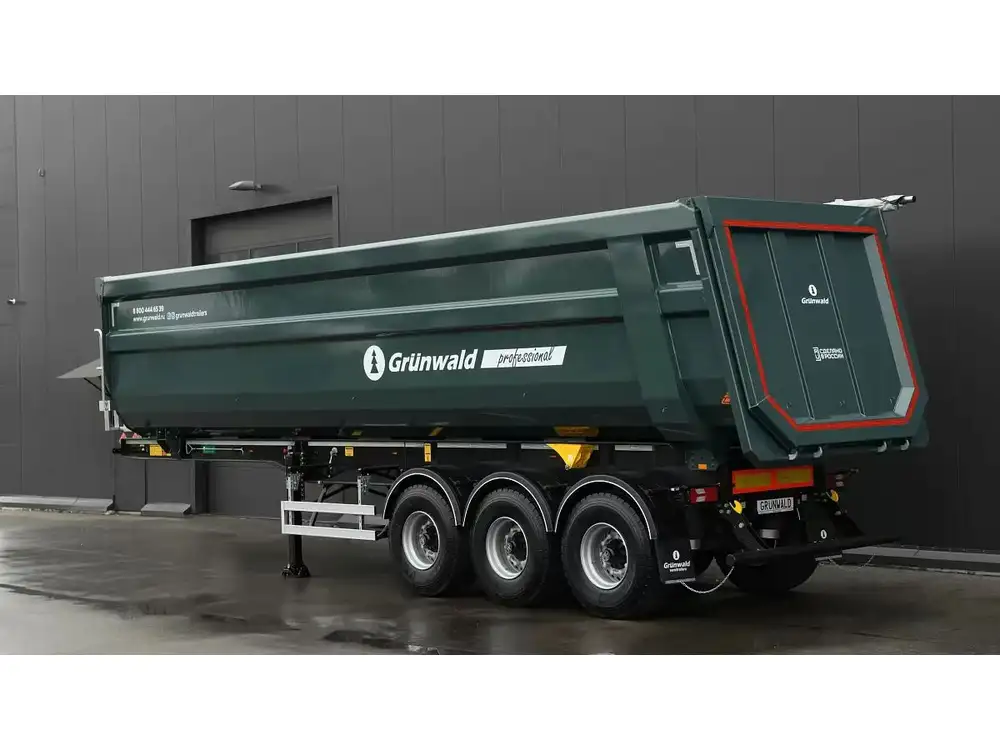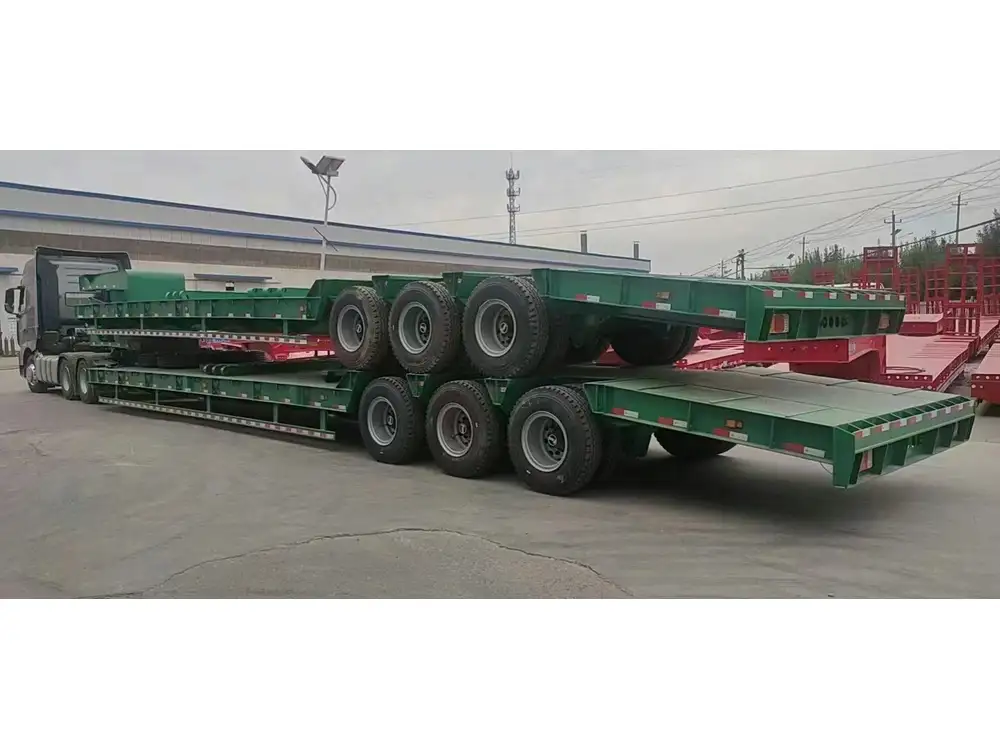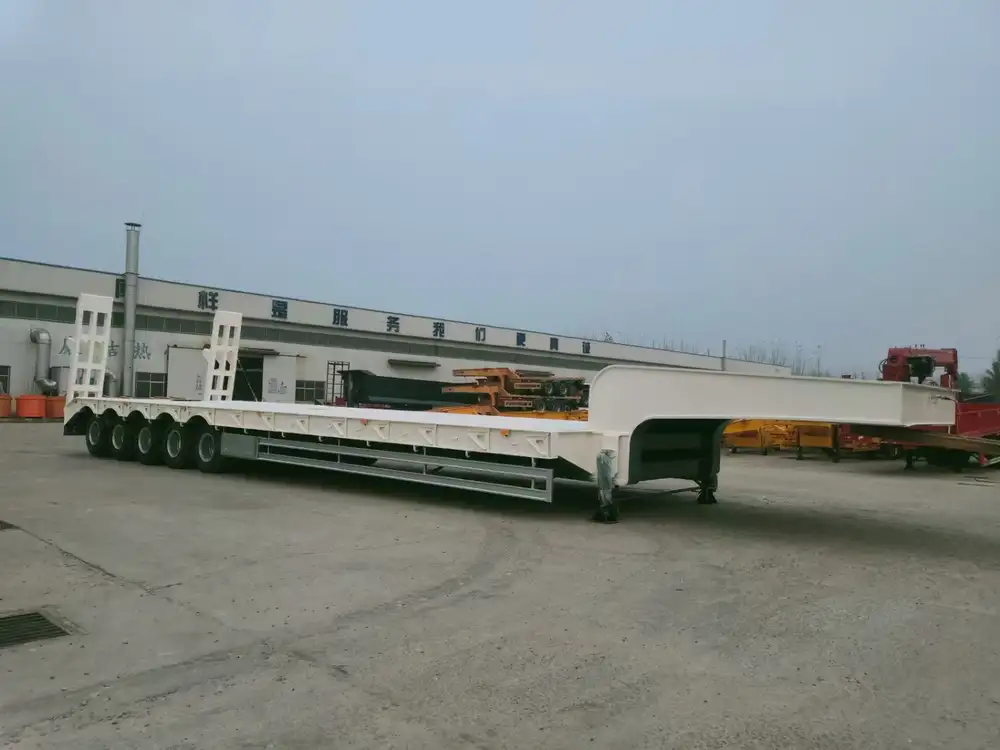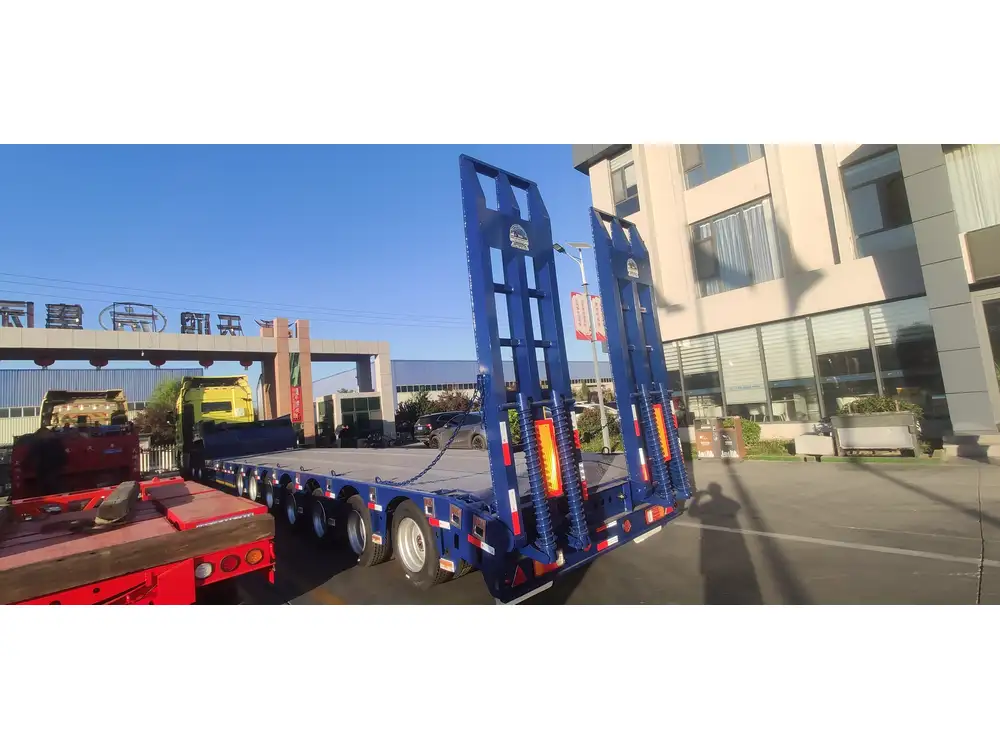When it comes to transporting agricultural products like hay, understanding the capacity of semi-trailers becomes essential for farmers, suppliers, and logistics managers alike. This article aims to provide a comprehensive analysis of the factors influencing how many bales of hay can be loaded onto a semi-trailer, helping you optimize your operations effectively.
Key Factors Influencing Hay Transportation Capacity
1. Types of Hay Bales
Hay bales come in various shapes and sizes. The most common types are rectangular bales and round bales, each varying significantly in dimensions.
| Type of Hay Bale | Dimensions (approx.) | Weight (approx.) |
|---|---|---|
| Small Square | 14″ x 18″ x 36″ | 40-60 lbs |
| Large Square | 3′ x 3′ x 8′ | 800-1,200 lbs |
| Round Bale | 4′ diameter, 4′ height | 1,000-2,200 lbs |

2. Semi-Trailer Specifications
The type of semi-trailer also plays a crucial role in determining capacity. Common trailer sizes are 48-foot and 53-foot, each with specific weight limits and dimensions.
| Trailer Type | Length | Maximum Weight Capacity | Width (Exterior) | Height |
|---|---|---|---|---|
| Standard 48’ | 48 ft | 45,000 lbs | 102 in | 13.5 ft |
| Standard 53’ | 53 ft | 45,000 lbs | 102 in | 13.5 ft |
3. Weight Limits and Legal Regulations
The federal weight limit for a semi-truck and trailer combination is typically 80,000 pounds. However, local regulations may vary, necessitating familiarity with the laws governing load limits in your area.
Calculating Hay Bale Capacity
To calculate the number of bales that can fit on a semi-trailer, you need to consider both the physical space and the weight limitations. Below we outline a detailed guide for the calculation process.

Step 1: Determine the Load Area
A standard 53-foot trailer has an approximate load area of:
- Length: 636 inches (53 ft)
- Width: 102 inches (8.5 ft)
The total load area is approximately: [ 636 \, \text{in} \times 102 \, \text{in} = 64,632 \, \text{in}^2 ]
Step 2: Calculate Volume of Bales
Using examples of different bale sizes, let’s calculate the number of bales that can fit based on area.
Small Square Bales
Using the dimensions of a small square hay bale (14″ x 18″):
- Area per bale: (14 \times 18 = 252 \, \text{in}^2)
- Total potential bales: [ \frac{64,632}{252} \approx 256 \text{ bales} ]

Large Square Bales
Using the dimensions of a large square hay bale (3′ x 3′):
- Area per bale: (36 \times 36 = 1,296 \, \text{in}^2)
- Total potential bales: [ \frac{64,632}{1,296} \approx 50 \text{ bales} ]
Round Bales
Using a round bale with a diameter of 4′:
- Area per bale: Area of a circle = πr² = 3.14 × (24 in)² = 1,809 in²
- Total potential bales: [ \frac{64,632}{1,809} \approx 35 \text{ bales} ]
Step 3: Consider Weight Limits
When estimating how many bales can fit, it’s essential to check the weight against the maximum payload. For instance:
Weight of small square bales: Average 50 lbs per bale
Total weight for 256 bales: (256 \times 50 = 12,800 \, \text{lbs}) (well under the 45,000 lbs limit).
Weight of large square bales: Average 1,000 lbs per bale
Total weight for 50 bales: (50 \times 1,000 = 50,000 \, \text{lbs}) (exceeds the limit).
From this analysis, it becomes apparent that while the 53-foot trailer can physically accommodate a larger number of small square bales, the number of larger bales is constrained by weight limits.

Practical Loading and Securing of Hay Bales
Securing your bales properly is critical to ensure safe transport and compliance with regulations. Here are strategies to consider:
1. Loading Techniques
- Layering: Layer small square bales using a diamond pattern to maximize space.
- Horizontal Stacking: For large square and round bales, ensure they are positioned evenly and strapped down securely.
2. Securing Loads
Use the following materials for securing your load:
- Straps and Chains: Employ heavy-duty straps or chains to secure bales to prevent shifting.
- Tarps: Consider using tarps for weather protection, especially when dealing with round bales.

Additional Considerations for Transportation
1. Distance and Route Planning
- Optimal Routes: Plan your routes considering weight limits and regulations on local roads.
- Driving Conditions: Be cautious of road conditions especially during adverse weather, which can impact the handling of heavy agricultural loads.
2. Economic Impact
Calculating the cost of transporting hay is essential for overall financial planning. Factors to consider include fuel costs, tolls, and the potential revenue from selling the hay.
| Cost Factor | Average Estimate |
|---|---|
| Fuel (per mile) | $0.50 – $1.00 |
| Tolls (if applicable) | Variable based on route |
| Labor Costs | $20 – $25 per hour |

3. Environmental Factors
Consider the environmental impact of transporting hay, including emissions from diesel trucks. Investigating alternative transportation methods like electric trucks or rail may align with sustainability practices.
Conclusion: Maximizing Efficiency in Hay Transportation
To summarize, determining how many bales of hay can fit on a semi-trailer involves consideration of a myriad of factors, including the type of hay bales, trailer specifications, legal weight limits, and effective loading techniques.
Understanding these variables not only aids in maximizing load efficiency but also helps in ensuring compliance with transportation regulations. By implementing strategic planning and efficient logistics, agricultural operators can enhance their profitability while minimizing environmental impacts.
In the ever-evolving landscape of agricultural transport, staying informed and adaptable is key to success. For a successful hay transportation operation, always focus on accurate calculations, secure loading methods, and strategic route planning, and you shall find yourself well-equipped to handle the demands of transporting hay efficiently.



